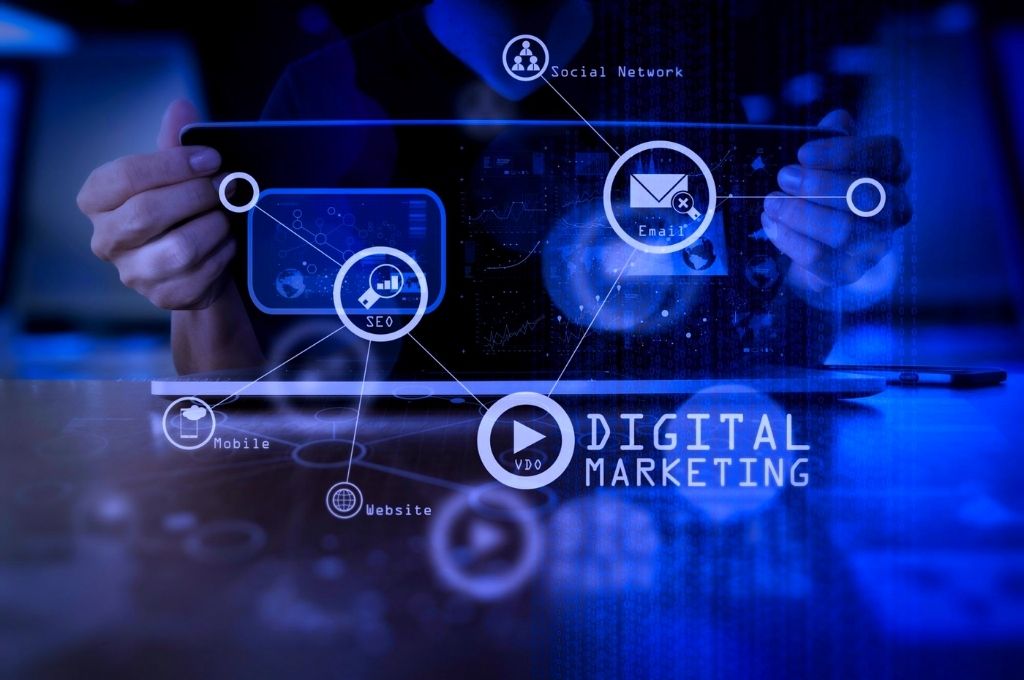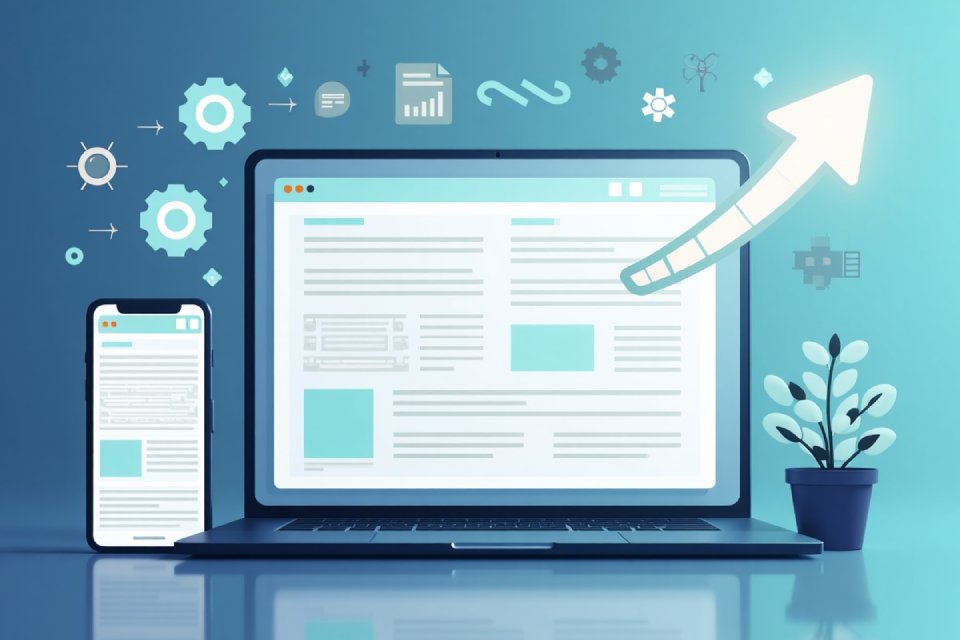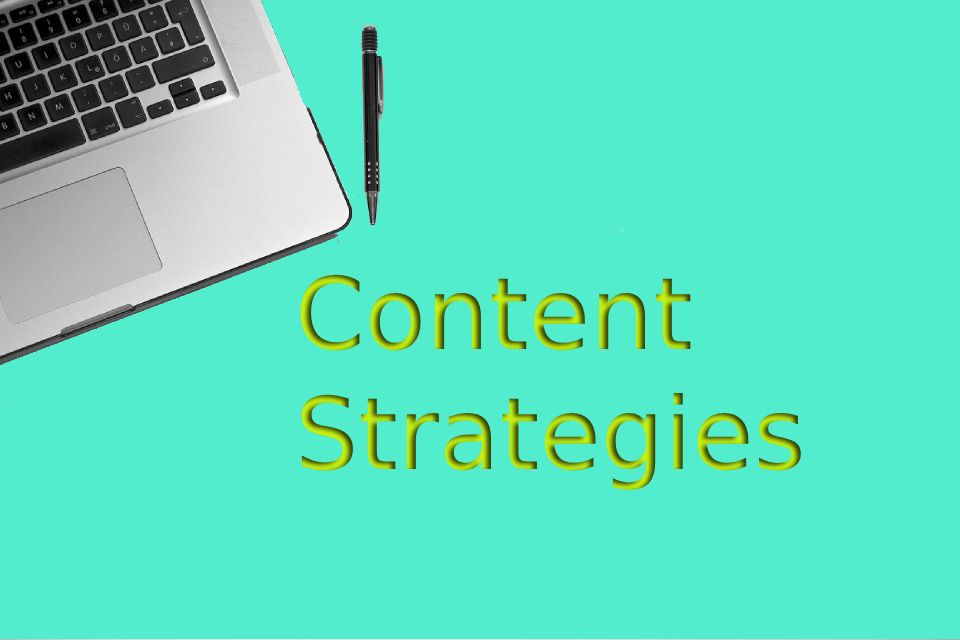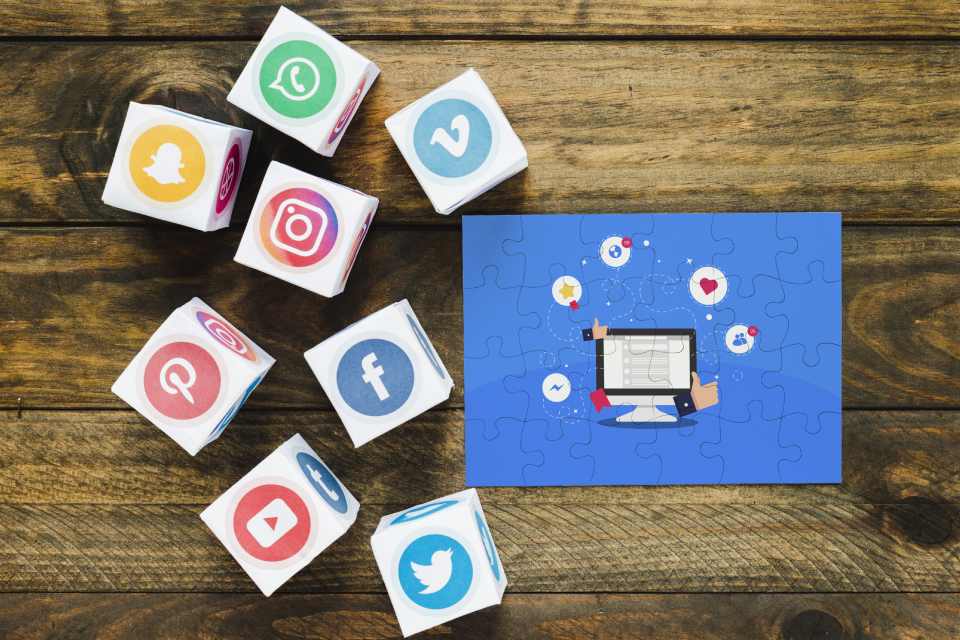The digital marketing strategy is based on a “sales funnel. “The idea is to see the sales process as a giant funnel: a massive structure at the beginning that is gradually squeezed as you go down.
The aim is to use various strategies to reach the people we care about and get them into the funnel. Then, you work to level them down, moving from one system to the other hand by hand, until you convert them into customers and later into supporters of your brand. In general, we talk about digital marketing in a broad sense, including all those communication and sales activities online. Web marketing, in turn, is the part relating to the web, so the list we made earlier could include, for example, content marketing, SEM, email marketing, and so on.
But the boundaries are blurred, and it often depends on which side you look at. For this reason, even how I will divide the arguments of this article is not absolute and is aimed at making the information as straightforward as possible. To this end, the time has come to talk about digital marketing strategy and the backbone on which any business is based: the funnel.
Here is an overview of the digital marketing funnel:
Step 1: Attract
At the start of the funnel, you need to grab people’s attention for us in a target. This could involve using pay-per-click advertising, optimizing your website for search engines (the famous SEO), or social media marketing. In short, it is about reaching people who do not know us or who do not consider us to solve their needs and start putting a flea in their ear about what our product/service can do.
Step 2: Convert
Once you have exposed potential customers to your brand, they enter the discovery phase. At this point, they begin to explore the offers available to them based on their needs or wishes. They learn about your brand and see it as a reference for finding helpful information. In the conversion phase, we have an already more specific audience, which from a series of unknown visitors turns into a group of contacts that we can start profiling.
In this phase, we can use a long series of tools for generating contacts: pop-ups, downloadable materials such as eBooks and infographics, webinars, events, newsletters. everything is valid, the important thing is that there is a form to fill in to get their contact details and then do lead generation.
Step 3: Close
Now people are ready to buy, but they are considering their options. They are deciding what to buy and from whom. And, if you’ve been good at the previous stages, they’ll probably pick you. You can use other techniques at this stage, all of which can be traced back to lead nurturing, i.e., contact activities that teach the potential customer to become a customer: discounts, email marketing, various support activities, customer service, etc.
Step 4: Delight
Once you have achieved your purpose – the purchase – the work is not done. We must work on customer loyalty. Remember: acquiring a new customer is a lot more costly in terms of time and resources than retaining a customer you already have. In technical terms, retention is cheaper than acquisition. Having a satisfied customer allows you to trigger a virtuous circle of growth thanks to word of mouth. In practice, we pass from consumer to business promoter. Here after-sales assistance, newsletters, and general, the ability to exploit creativity and marketing automation techniques to create a real relationship with the customer are fundamental.





